Quizás quiso buscar: BLOW UP. De. Michelangelo Antonioni
|
| 1 | 2 | 3 | 4 | 5 | 6 | 7 | 8 | 9 | 10 |
|

Blow-Up
United Kingdom, Italy, United States
1966
Become a Fan | I want to watch this
DIR Michelangelo Antonioni
EXEC Pierre Rouve
PROD Carlo Ponti
SCR Michelangelo Antonioni, Tonino Guerra, Julio Cortázar, Edward Bond
DP Carlo Di Palma
CAST David Hemmings, Vanessa Redgrave, Sarah Miles, Peter Bowles, Jane Birkin, John Castle, Veruschka von Lehndorff
ED Frank Clarke
MUSIC Herbie Hancock
Synopsis
Italian director Michelangelo Antonioni’s first English-language production was also his only box office hit, widely considered one of the seminal films of the 1960s. Thomas (David Hemmings) is a nihilistic, wealthy fashion photographer in mod “Swinging London.” Filled with ennui, bored with his “fab” but oddly-lifeless existence of casual sex and drug use, Thomas comes alive when he wanders through a park, stops to take pictures of a couple embracing, and upon developing the images, believes that he has photographed a murder. Pursued by Jane (Vanessa Redgrave), the woman who is in the photos, Thomas pretends to give her the pictures, but in reality, he passes off a different roll of film to her. Thomas returns to the park and discovers that there is, indeed, a dead body lying in the shrubbery: the gray-haired man who was embracing Jane. Has she murdered him, or does Thomas’ photo reveal a man with a gun hiding nearby? Antonioni’s thriller is a puzzling, existential, adroitly-assembled masterpiece. –allmovieguide
Director

Michelangelo Antonioni
Italian filmmaker Michelangelo Antonioni redefined the concept of narrative cinema, challenging the accepted notions at the heart of storytelling, realism, drama, and the world at large; his films – a seminal body of enigmatic and intricate mood pieces – rejected action in favor of contemplation, championing image and design over character and story. Haunted by a sense of instability and impermanence, his work defined a cinema of possibilities, a shifting landscape of thoughts and ideas devoid of resolution; in Antonioni’s world, riddles were not answered, but simply evaporated into other riddles.
Antonioni was born on September 29, 1912, in Ferrara, Italy; as a child, his interests included painting and building architectural models (an interest which continued in the design and decor of his films). After graduating from high school, he attended the University of Bologna, where he initially studied classics but later emerged with a degree in economics. While he was at college… read more
Wall
Nigel Mallet
1May10
“Blow Up ” is a useful example of a film that leads us to interpret it somewhat differently to the conventional, narrative based, clearly structured, rational, logocentric Classical Hollywood Narrative Mode of cinema. “Blow Up ” tends to be both dynamic and ambiguous within its sjuchet. It has an uncertain narrative development leading to an uncertain, incomplete conclusion for an unresolved problem, and it contains spontaneous “happenings” of drugs, sex and nightclub life which do not have any direct connection to the fabula’s progress. Specific elements of its characterization, mis-en-scene and structure, leave the film asking: “What is reality?” “Can I prove reality, if I have lost my methods of proving it?” “Is it possible and/or worthwhile?” . “Blow Up” demonstrates the interpretation of reality and illusion by an audience with an incommensurable singularity from its beginning. Cross-cutting between a group of mimes, noisily driving in a Jeep and the protagonist, Thomas (David Hemmings), as he emerges from a doss house with a group of ragged men, his camera concealed in a paper bag. As the clowns run amuck in the streets of London, Thomas sneaks away to his Rolls Royce. This apparently random contradiction in Thomas’ character informs us that he is not a ‘bum’, but a rich photographer in disguise. This is made more dynamic by the presence of the mimes, which share Thomas’ world of illusion -both act to create illusions for artistic achievements. The lack of knowledge of characters is perhaps most disturbing in light of Vanessa Redgrave's character: ‘The Girl’, who is defined primarily by her involvement in the murder. We have no idea who she is, what her relationship is with ‘The Man’, or how/why she is involved with/in the murder(er). Overall, the result sees the narrative lose its way in trying to pursue the images of Thomas’ objects, and experiences. Essentially, the film is ‘in pursuit of images’, a commodification of Thomas’ experiences. The visual/aesthetic value of the image takes precedence over and has a superior “worth” to Antonioni, than the spoken/written texts contained with the film. Unlike classical narrative cinema, it works less on the notions of cause and effect:
Liam Seeland
6Apr10
The park-scene is my favorite in this movie. It is so quiet. And of course the photoshoots. And when he sees the gunman in the photo. And pretty much the whole movie itself. Brilliant.
Marcus Hart
29Mar10
Totally puts you in the period of swinging london. The mystery is dense, and the pacing plays well to the eroticism.
Related Films
Fans
Articles

The Forgotten: The End of History

The Forgotten: Faces

The Forgotten: The Perishables
The Forgotten: Phantom Philm
Lists
Reviews
Blowup
Antonioni treading water. It is influential (De Palma’s “Blowout” and Coppola’s “The Conversation” wouldn’t exist without it), but ultimatly pointless. It tricks you into thinking that it has a deeper… read review
Untitled
Esta es una de esas películas que le sirven al cine para hacerse más grande y complejo. Es un aporte al cine. En el mundo que éste abarca, dentro de toda su extensión, hay un espacio en el que los… read review
Untitled
To people who have trouble with this film:
It’s simple and not overly complex, so there’s the good news.
It’s a film about individual perspective. Seeing what you want to see e.t.c. And… read review
Untitled
People are going to give me shit for this, so here goes nothing . . .
What a let down. I’ve been looking forward to seeing this film for a while so I decided to rent it from my college’s library… read review
Forum
Swinging London
 Loading...
Loading...
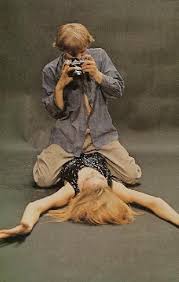
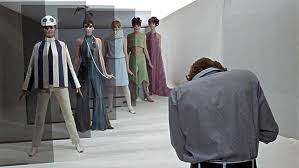
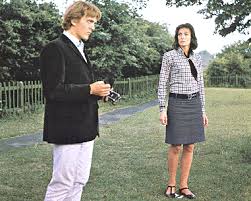
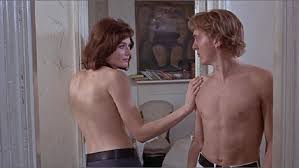
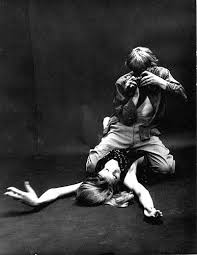


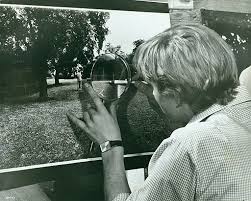






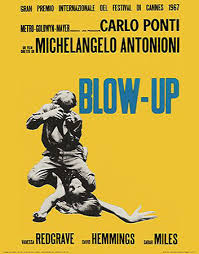

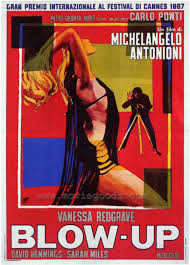
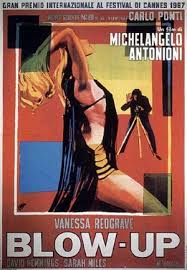

















No comments:
Post a Comment